Content: Types of Transformer
- Types of transformer
- Classification parameters
- Ideal transformer
- Real transformer
- Step-up transformer
- Step-down transformer
- Power transformer
- Single phase transformer
- Three- phase transformer
- Instrument transformer
- Pulse transformer
- RF transformer
- Audio transformer
- Transactor
- Difference between Step up and step down transformer
- Difference between single phase and three phase transformer
Types of Transformers
There are many types of transformers based on classification parameters described below. We will discuss some of the transformer types and their workings. List of transformers we will discuss are the followings –
- A. Ideal transformer
- B. Real transformer
- C. Step-up transformer
- D. Step down transformer
- E. Power transformer
- F. Single – phase transformer
- G. Three- phase transformer
- H. Centre tapped transformer
- I. Instrument transformer
- J. Pulse transformer
- K. RF transformer
- L. Audio transformer
Know about Transformer Definition, Construction & Applications. Click Here!
Classification Parameters
There are different types of transformer classification parameters based on which we can classify the transformer. Some of them are –
- Voltage Class: Transformer can be classified based on the voltage used by them. From a few volts to megavolt amount of voltage can be used by transformers.
- Power Rating: Transformers have ratings range from few Volt-Amperes to mega Volt-Amperes.
- The number of turns in primary and secondary windings: Step down transformer, step-up transformer.
- Construction of core: Depending on the transformer’s core construction, they can be classified into two types. They are shell types and core types.
- Cooling Type: Transformers can be classified upon the cooling types. There are several types of transformer – self-cooled, oil-cooled, forced cooled, etc.
- Application type: Based on transformer’s various applications like – energy transfer, power distribution, voltage-current stabilizer, isolation, etc., they can be classified into enormous kinds.
Ideal Transformer
Ideal transformers are theoretical transformer that suffer no losses and provides 100% efficiency. An ideal transformer can not be made in reality and present only in imagination.
Real Transformers
Every transformer which we can use in the real world is real transformer.
A real transformer can not achieve 100% efficiency as it will suffer some loss of power. There are many types of transformer power-loss can be found. Some of them are – Eddy current loss, Hysteresis loss, dielectric loss, etc.
Step-up transformers
This types of transformer increases voltage, which is applied to primary windings. The secondary windings supply the higher voltage.
The number of turns of the secondary transformer is higher than the number of turns in the primary windings.
Step-up transformers found its application in transmission line carrying high voltage.
Step-down transformers
This types of transformers does the opposite of a step-up transformer.
Step-down transformers reduce the voltage that is applied to its primary windings. The secondary windings supply the lower voltage. Many home appliances, power distribution systems, and many other electrical fields use this type of transformer.
Power transformers
Power transformer is the one particularised for the distribution of power. They are very high rated transformers and are designed for 100% efficiency. They are extensive and useful for delivering needed and limited power for consumers.
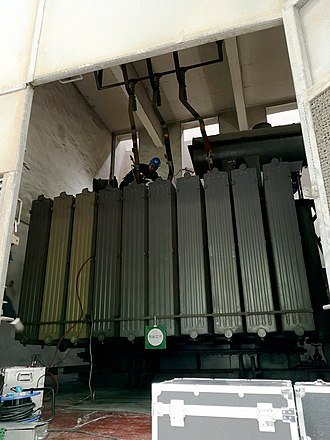
Single-phase transformers
Transformer working on faraday’s law and having two windings are single-phase transformers. The windings are known as primary and secondary windings. Without varying the frequency and power, this transformer transfers AC energy.
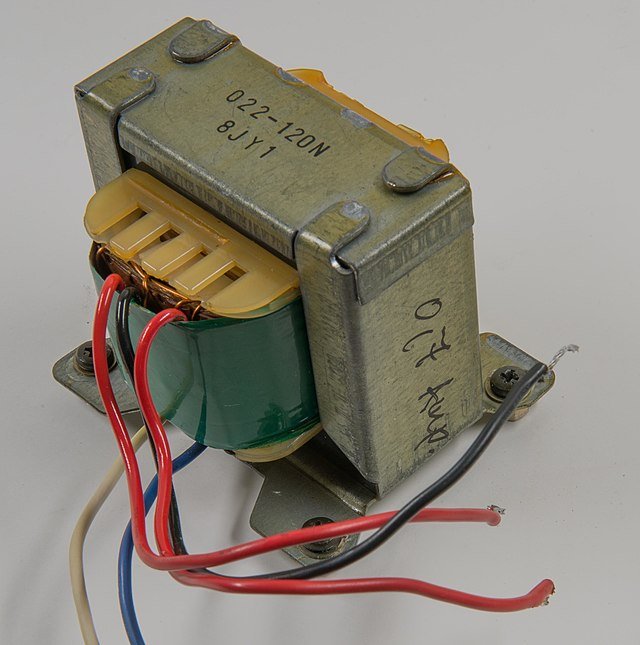
Three-phase transformers
Three single-phase transformers are connected to form a three-phase transformer. All three primary windings are combined to form a single primary winding, and also all three secondary windings are combined to form a single secondary winding. Star and delta are the types for primary and secondary connections. The combination of primary and secondary windings are all possible combination of star and delta type.
This types of transformer is generally used for industrial purposes.
Assembling of three single-phase transformer is less costly than buying a three-phase transformer.
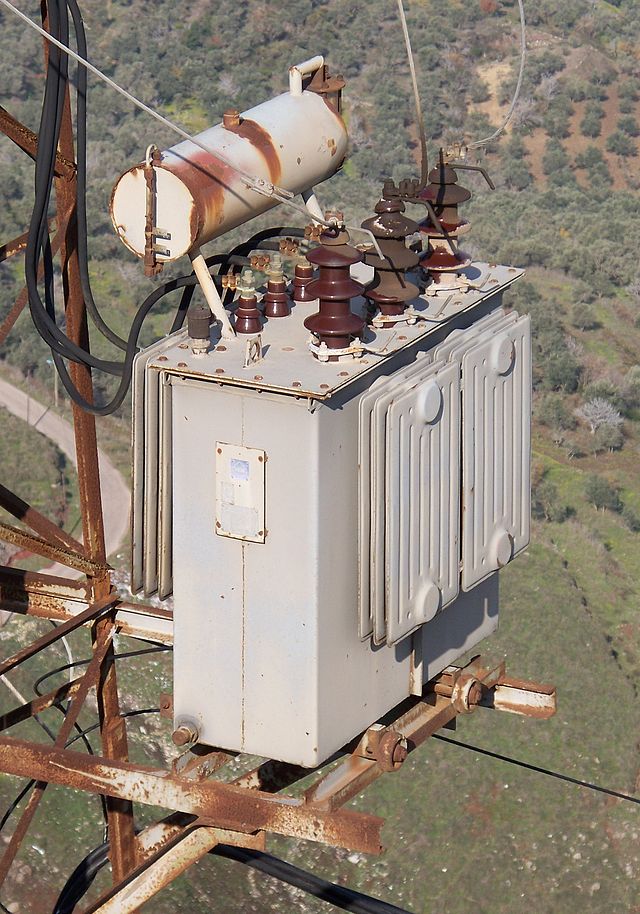
Centre tapped transformers
A centre tapped transformer works almost in the same way a normal transformer works. The only difference is that its secondary windings has two parts and from that individual voltages can be acquired. The tapping point lies in the centre of the secondary windings and that divides the secondary windings. The tapping point provides a common connection for opposite and equal secondary voltages.
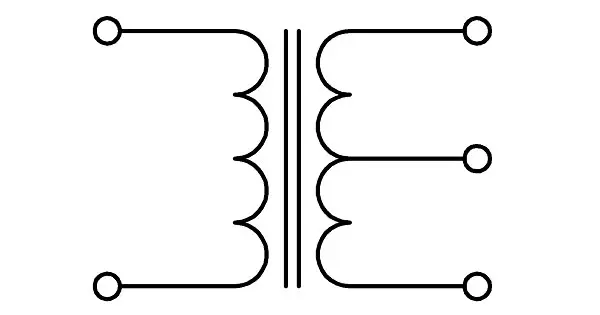
Instrument transformers
Instrument transformer is a special type of transformer used for transforming or isolation of current and voltage. It is a high accuracy device. An instrument transformer’s main use is to isolate high voltage connected primary windings from the meter connected with the secondary windings.
It has two types. The series-connected type is known as the current transformer, while the parallel-connected transformer is known as potential or voltage transformer. Current transformer steps down the current while the voltage transformers do the same for voltage of a supplied power.
Some advantages of using Instrument transformer are that – large current and voltage of Alternating Current power can be measured by using a low power rated instrument transformer, many measuring instruments can be connected using a single instrument transformer to power system, measuring instruments can also be standardized.
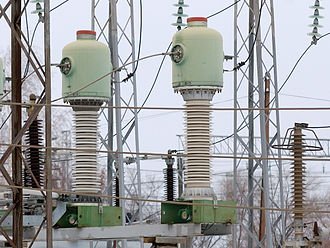
Pulse transformers
Another special type of transformer is the pulse transformer. It is used for transmitting rectangular electrical pulses. It transmits pulse of voltages between load and the windings. It has high open-circuit inductance, distributed capacitance, and low leakage induction. Depending on the types, it has several applications. Small versions are used in digital logic circuits. Medium versions are used in power-controlling systems. In contrast, larger versions are used in the power distribution system. Various pulse transformers have a wide range of applications like radar, power semiconductors, and high energy power applications.
There are some parameters which measures the performance of a pulse transformer. Some of them are – repetition rate, pulse width, duty cycle, current, frequency, input – output voltages, etc.
The main advantages of a pulse transformers includes that they are small in size, less costly, provides a high isolation voltage and operates at high frequency. The disadvantage includes – saturation current of the core can get reduced because of the direct current through the primary windings.
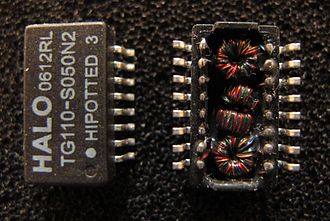
RF transformers
The transformers used in the radio frequency domain is known as RF transformer. This devices transfers energy in circuits with the help of electromagnetic induction. Steel as a core structure is prohibited in this type of transformer. It has several types too. Air core(low inductance, PCB use), Ferrite core(baluns for TV and radios), and transmission line transformers are some types. Low power circuit is ideal for the use of this transformers. Some important specifications of a RF transformers are – range of operating frequency, bandwidth, unbalance amplitude and phase, operating temperatures etc.
Audio Transformers
The transformers used in audio circuits are known as audio transformer. Audio transformer has various applications.
Previously audio transformers were made to isolate different telephone systems while keeping their power supplies isolated. Carrying an audio signal is its main objective. It can be used to match impedance like low impedance loudspeaker can be matched with high impedance amplifiers.
Audio transformers also do interconnection of professional audio system components, elimination of buzz and hum. Loudspeaker transformer, inter-stage and coupling transformers, small-signal transformers are some of its types.
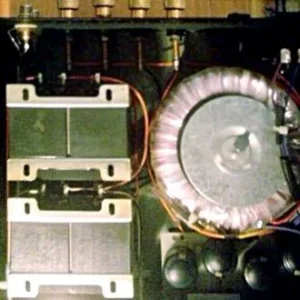
Transactor
A transactor is a combined device of the reactor (inductor or choke coil) and a transformer. Air – core present in the device used to limit the coupling between windings.
Difference between Step up and Step down transformer
| Subject of Comparison | Step down transformer | Step up transformer |
| Number of turns in windings | Higher no. of turns in primary windings, lower no. of turns in secondary windings. | Lower no. of turns in primary windings, higher no. of turns in secondary windings. |
| Working | Reduce the input voltage applied in the primary windings. | Increases the input voltage applied in the primary windings. |
| Voltage -Current | High input voltage, Low output voltage and high current in the secondary side. | Low input voltage, high output voltage and low current in the secondary side. |
| Size of conductor | Secondary windings are made up of thick insulated copper wire. | Primary windings are made up of thick insulated copper wire. |
| Power Rating | Comparatively lower than Step-up transformer. The range lies under 110 volts. | Comparatively higher than step down transformers. Rated above 11,000 volts. |
| Uses | Many home appliances, voltage converters. | Power distribution system, X-Ray machines etc. |
Difference between Single phase and three phase transformer
| Subject of Comparison | Single phase transformer | Three phase transformer |
| Working principle | One conductor supplies power. | Three conductor supplies power. |
| Voltage carried | 230 volts | 415 volts |
| Phase | Split phase | No special name |
| Required no. of wire | Require two wires for making the circuit. | Requires four wires for making the circuit. |
| Circuitry | Simple network | Complex network |
| Power failure | May occurs | Do not occur |
| Power Loss | Maximum power loss occurs here | Minimum amount of power loss occurs here. |
| Efficiency | Lower than three-phase transformer. | Higher than single phase transformers. |
| Economical | Less economical | More economical |
| Applications | Specially for home appliances. | Industrial purposes. |
Find out Frequently Asked Questions on Transformer & Numerical Problems. Click to proceed!

Hi, I am Sudipta Roy. I have done B. Tech in Electronics. I am an electronics enthusiast and am currently devoted to the field of Electronics and Communications. I have a keen interest in exploring modern technologies such as AI & Machine Learning. My writings are devoted to providing accurate and updated data to all learners. Helping someone in gaining knowledge gives me immense pleasure.
Let’s connect through LinkedIn –